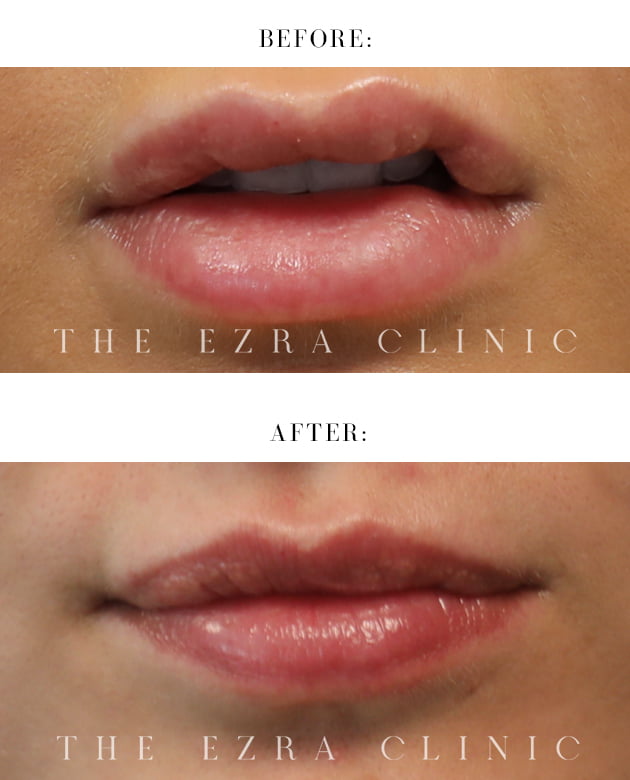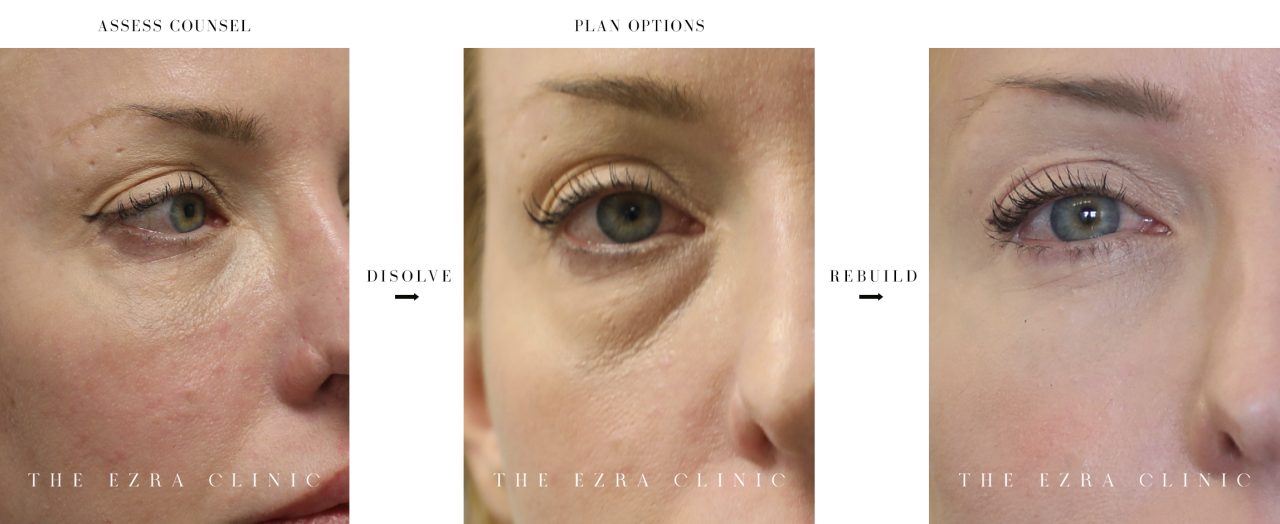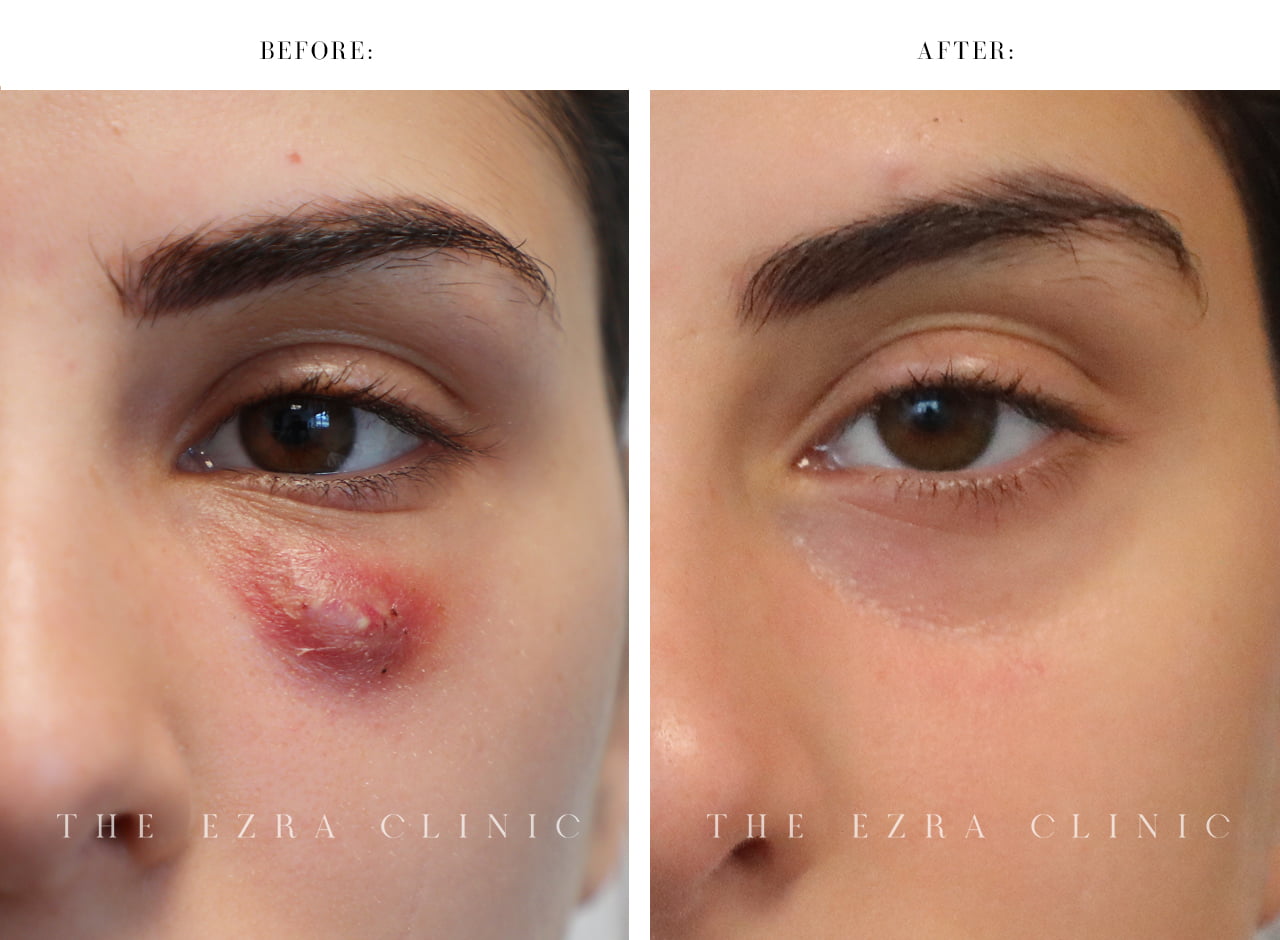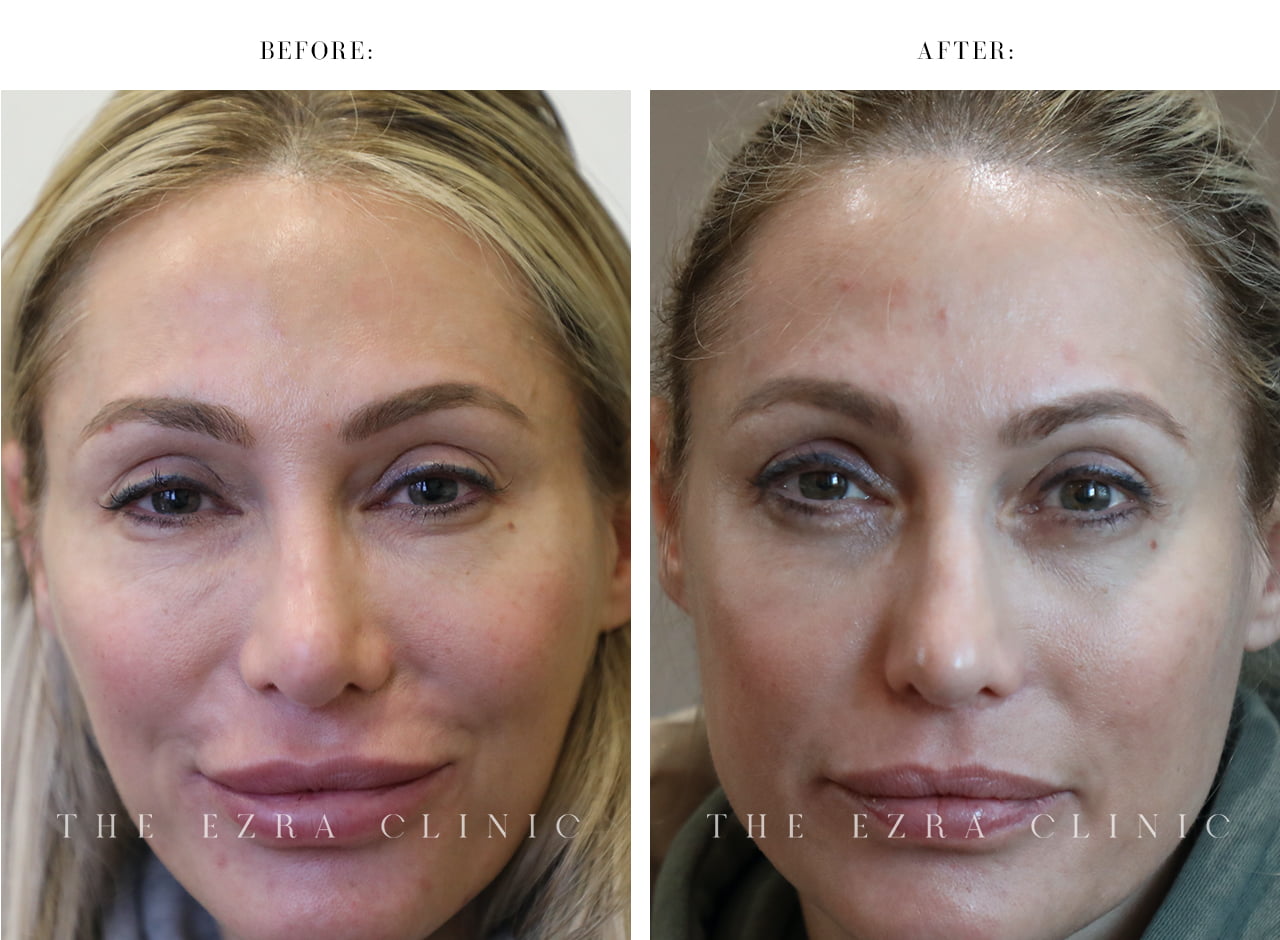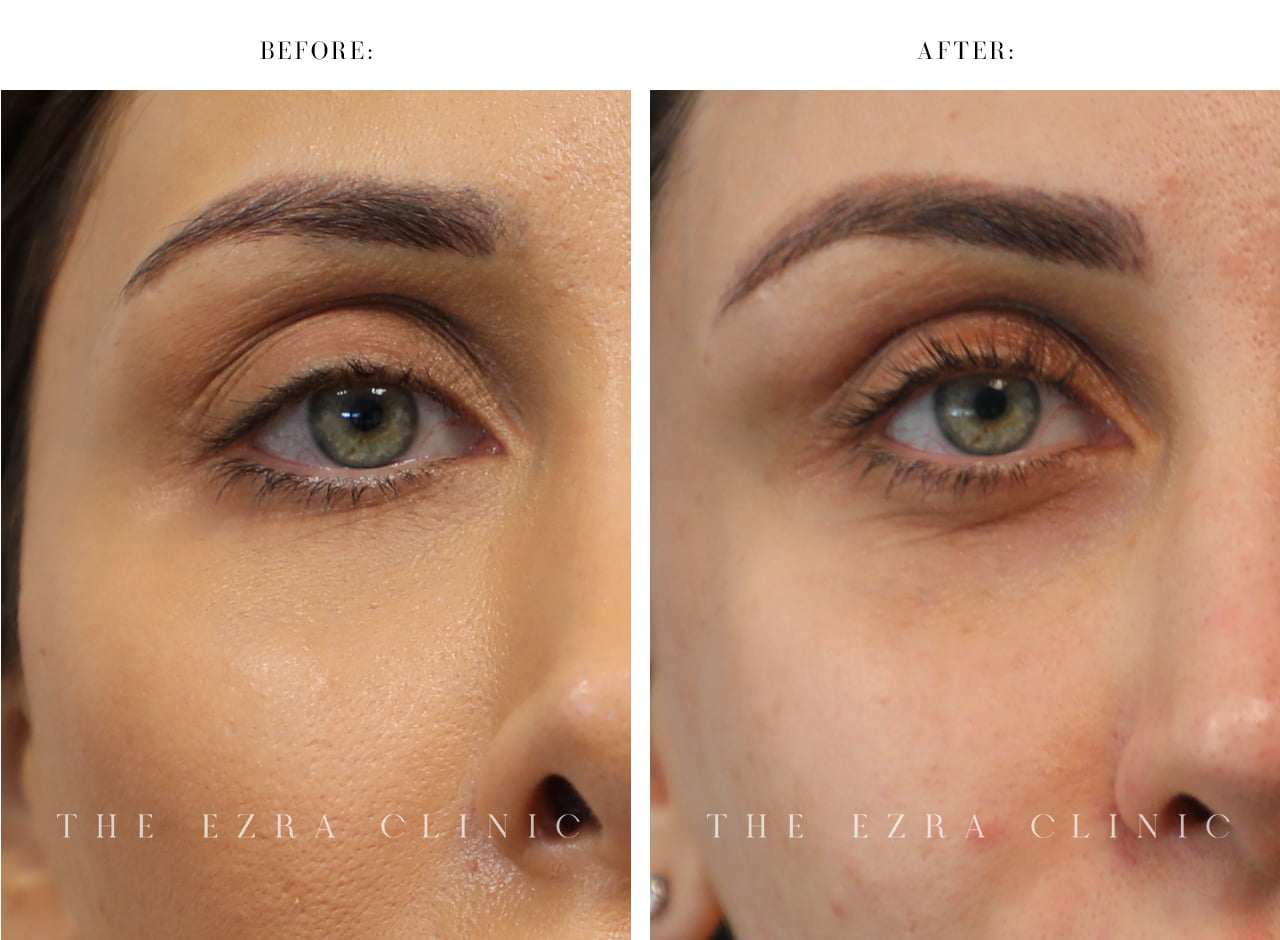FAQ
Is the filler dissolving procedure painful?
Most patients tolerate the filler dissolving procedure well. You may feel a slight stinging or pressure during the procedure, but it is usually brief. Any discomfort after the procedure is mild and resolves within a few hours to a day.
How long does it take for filler to dissolve with hyaluronidase?
Results from hyaluronidase injections usually begin to show within 24-48 hours. However, the full effect of the treatment may take up to two weeks as the filler is gradually broken down and absorbed by the body. In some cases, multiple sessions may be required to achieve the desired result, especially if a large amount of filler needs to be dissolved.
How long after dissolving filler can you refill?
It is recommended to wait at least two weeks after dissolving filler before considering a refill. This allows the tissue in the treated area to heal fully and ensures that all the unwanted filler has been appropriately dissolved before the new filler is applied.
What if I am unhappy with my filler dissolving results?
If you are not satisfied with the results of your filler dissolving treatment, your practitioner will work with you to explore additional treatment options. This may include further dissolving sessions or a discussion about refilling with a more conservative approach to achieve the desired look.
How much does dissolving filler cost?
The cost of filler dissolving varies depending on the amount of filler to be dissolved and the complexity of the treatment. For a personalised quote, we recommend scheduling a consultation at The Ezra Clinic, where our experts will assess your needs and provide detailed pricing information.
How many sessions are needed?
In most cases, one session of filler dissolving is sufficient to achieve the desired result. However, multiple sessions (2-3 treatments) may be necessary for patients with large amounts of filler or more complex cases to dissolve the filler safely.
Do fillers ever fully dissolve?
Yes, hyaluronic acid-based fillers fully dissolve when treated with hyaluronidase. However, in some cases, particularly where a large volume of filler has been used, multiple treatments may be required to dissolve the filler completely.
When can I get back to my regular activities after dissolving filler?
Most patients can resume regular activities within 24 hours after a filler dissolving treatment.
Hyaluronidase side effects and potential complications
Though hyaluronidase injections are generally safe, there are some potential side effects to be aware of. Common side effects include mild swelling, redness, or bruising at the injection site. Rarely, patients may experience an allergic reaction to hyaluronidase. More severe complications, such as infection, are extremely rare, mainly when experienced specialists perform the procedure.
Do you have more questions about filler dissolving, or are you concerned about side effects? Schedule a consultation with The Ezra Clinic today. Our expert team will guide you through the process, address any concerns, and help you achieve your desired results with safe, effective treatment.

